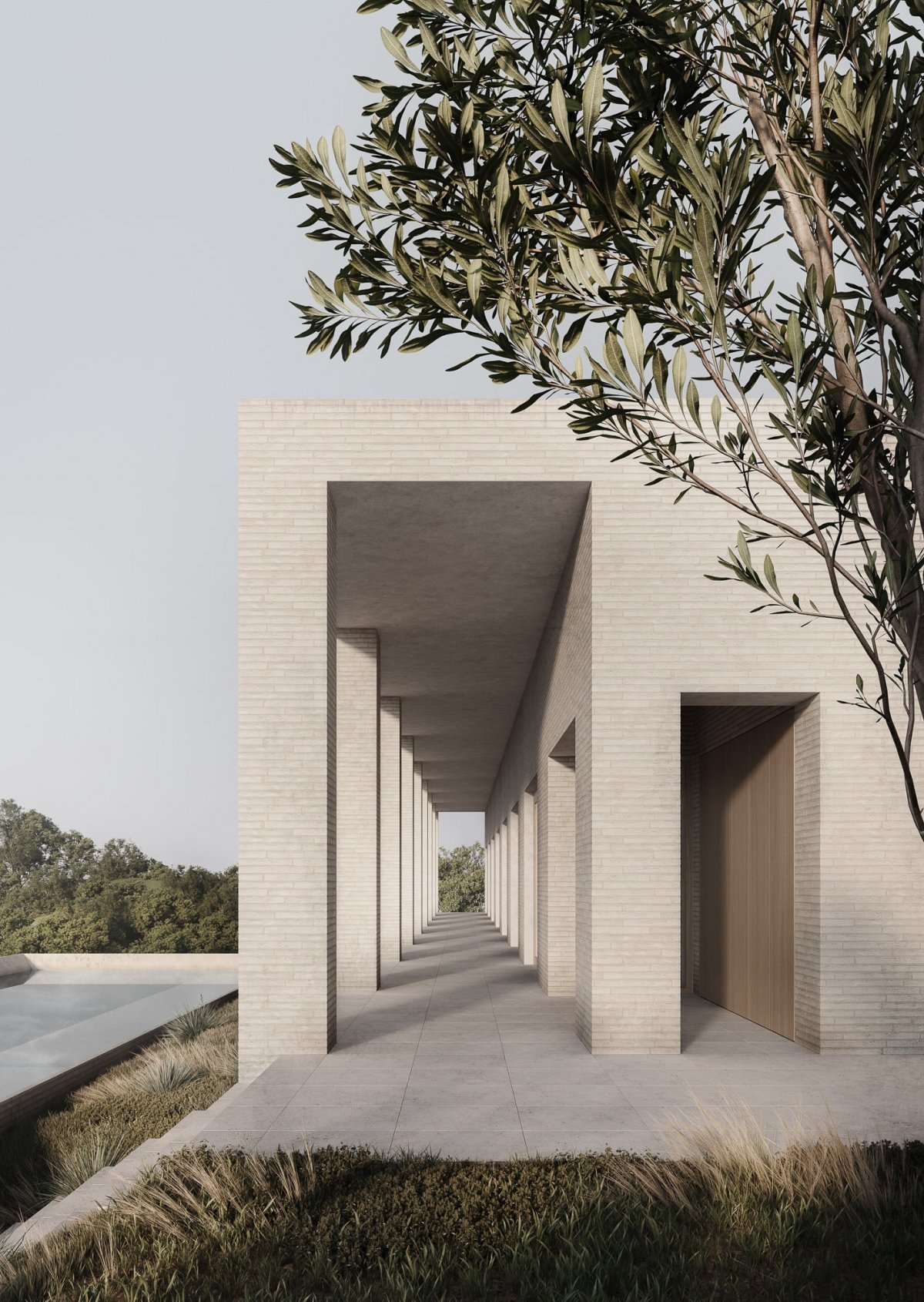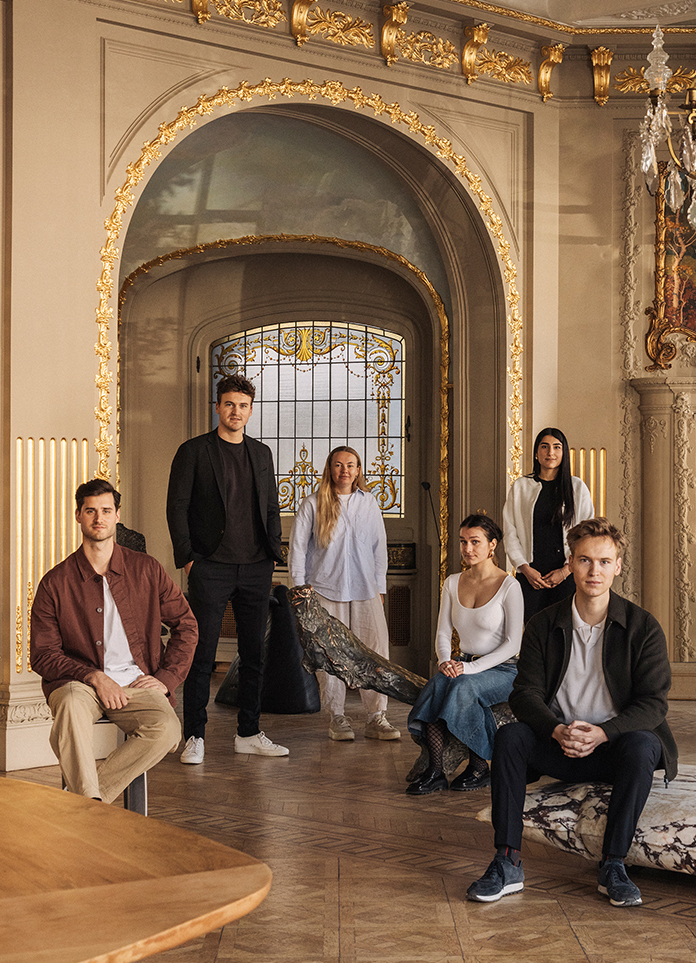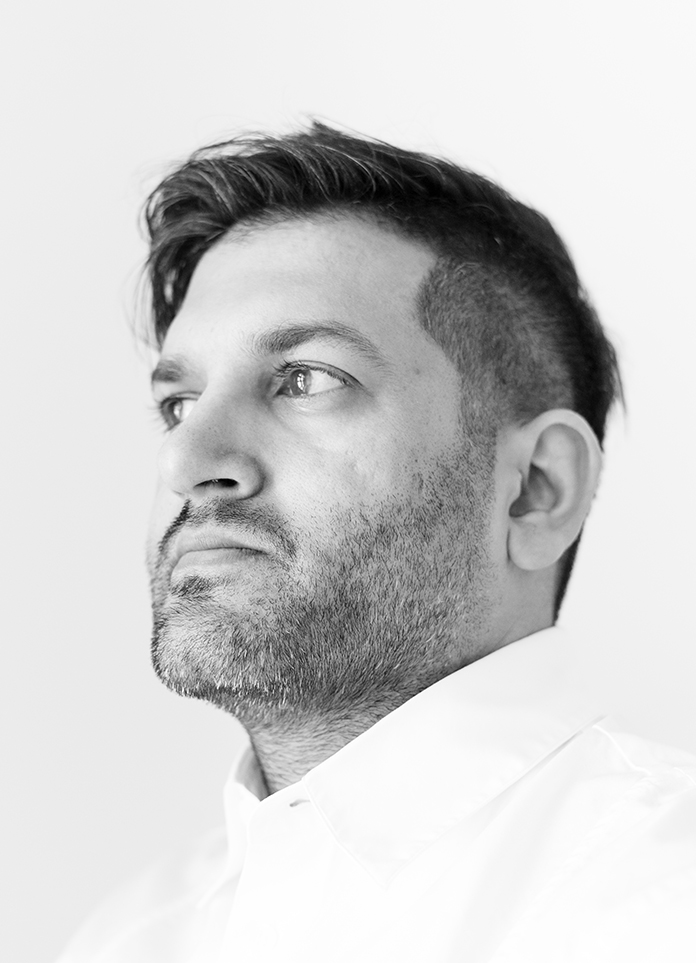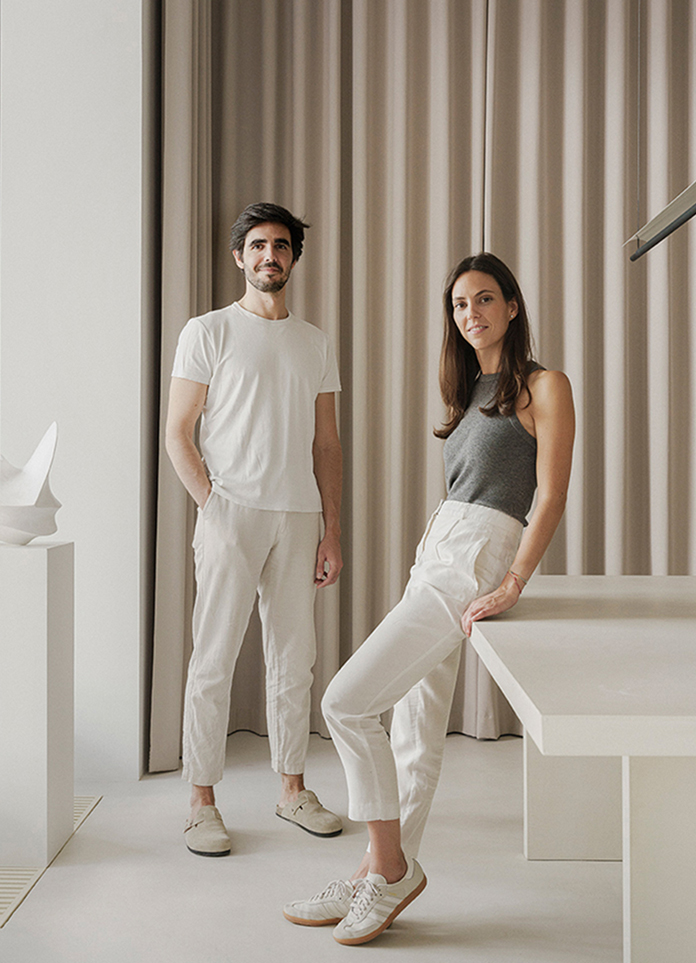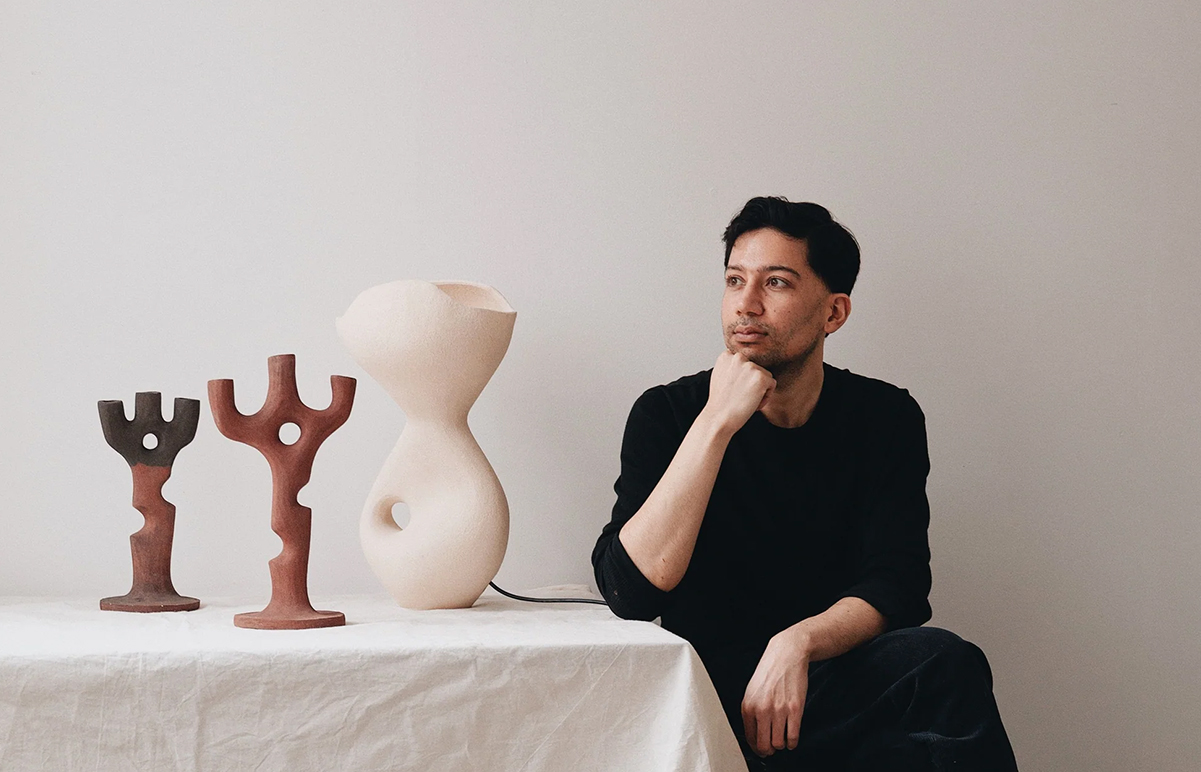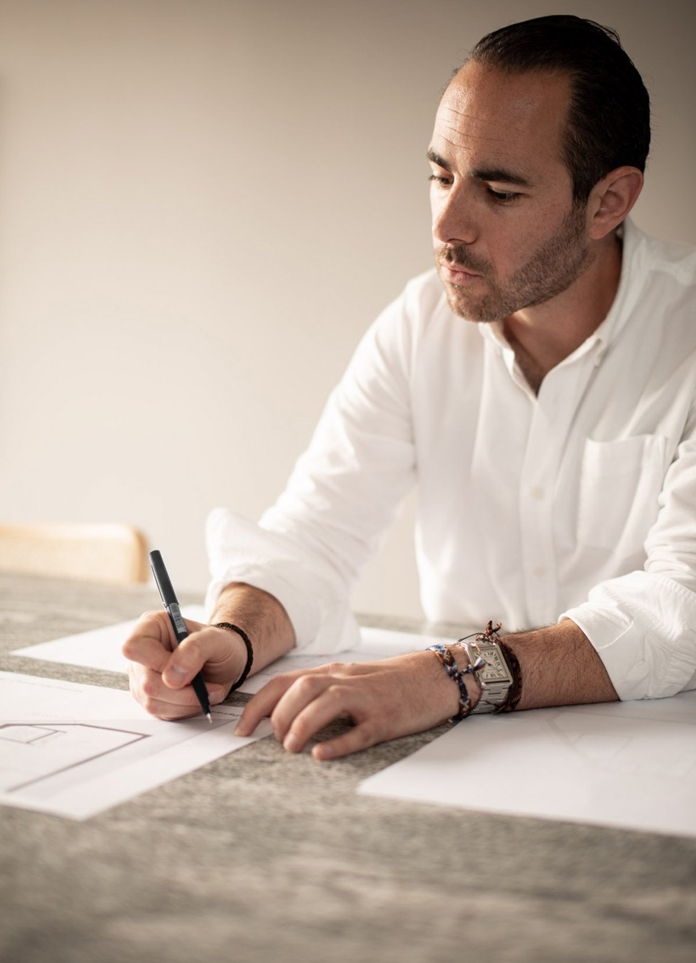
Established by Robert Davidov in 2011, Davidov Architects is an emerging Melbourne based architecture practice focused on delivering design solutions for a range of project types and scales.
Yinjispace:How does your father, an excellent architect, has influenced you?
Robert Davidov:My father wasn't an architect however, he was a builder, mostly of houses and small residential developments around Melbourne. It was through spending time with him on construction sites and pouring over architectural drawings on the kitchen table that I was exposed to the construction industry, architecture, design and drawing from a very early age. It was most probably through this exposure to architecture and construction that I turned my interests in art and sculpture as a student into pursuing a degree in architecture. I was also fortunate upon completing my studies to have the privilege of working with my father on several projects, for my parents, my sister and brother-in-law and some other friends. Although this process of working so closely with my father (who was not necessarily an advocate of our approach) did put pressure on our relationship, especially in the beginning, I believe we found a harmony eventually and I am ever grateful for the opportunity to spend those moments working with him professionally, architect to builder.
Yinjispace:How do you view the Minimalism trend? How Dieter Rams inspires you from product design to interior design?
Robert Davidov:This is something we discuss in the office from time to time. From my perspective there are some that view minimalism as an aesthetic trend and like all trends they have a tendency of coming in and out of fashion. Our approach is from a very different perspective. For me, beginning a project with the desire to craft a design that is honest and enduring comes from a consideration of lifestyle, not aesthetic. This is an appealing idea to some and when we engage with that audience the conversations start to get very interesting. Dieter Rams is obviously a big inspiration, not only due to his breadth of product design, but his 10 Principles of Good Design. I do often reflect on how he was able to not only pare something back to the essential but reinvent how we perceive the object itself. This is a profound type of alchemy in a way. He was able to demonstrate that through the act of design mass produced materials could be seen as beautiful.
Yinjispace:How do you develop the perceptivity of the design? Which master’s work keep influencing you?
Robert Davidov:For our studio the design process is very iterative. Our approach is something that we practice finessing from one project to the next. In this way it does allow us to be quite sensitive to what is new or special about a project, and quite naturally these are informed by the site and our clients’ brief rather than an impulse for the new for the sake of the new. That said we are constantly being inspired by our contemporaries and the masters. I think the work of Louis Kahn and Luis Barragan reign supreme as do the works of local Australian architects such as Robin Boyd, Graeme Gunn and Harry Seidler.
Yinjispace:How do you deal with the exhaustion of ideas?
Robert Davidov:灵感枯竭在我们工作室是个不常见的现象。我们的工作建立在迭代和改善形式和空间的想法之上。通常情况是对新项目中的新思想和创新加以限制,同时这些有限的新思想必须是令人感到真实且必要的,以避免噱头或一时的流行影响到我们的工作。
Robert Davidov:Running out of ideas is not something we commonly encounter in our studio. Our practice is built on the idea of iteration and refinement of form and space. It is usually a case of restricting the number of new ideas or innovations in a new project, and at the same time these must feel authentic and absolutely necessary to avoid the trap of gimmick or fad impacting our work.
Yinjispace:How do you choose art works for a space? What kind of artist would you cooperate with? Why do you choose them?
Robert Davidov:We don’t often have the opportunity to select art works for spaces. However, we do often have very strong ideas for where art and sculpture should be located in our projects and many of our clients have art or furniture that must be considered as part of the design. This is a rewarding experience as these objects can inform so many design aspects from the materiality of a space to the very proportions of a wall or niche. It can add a level of interest that may not be the case if the object didn’t exist as part of the brief. When we do work with artists it is generally because we see some similarities in the shapes, colour and forms they create. I think I look for a sense of the primitive in art, in the same way that we seek to create spaces that are primitive, by that I mean spaces that are legible, fundamentally familiar and instil a sense of security and calmness.
Yinjispace:How long for you to complete a private apartment project? What is your thinking mode before start a new project?
Robert Davidov:Apartment projects typically take longer due to the planning controls and marketing phases that are not always required for our single residential projects. However, our approach to developing the concepts and response to brief and site remain the same regardless of the project scale. Our thinking before we start a project is to develop a response that is sympathetic with the neighbourhood character. For me that means not only responding to materials, but looking to the location’s culture and history for inspiration.
Yinjispace:It is obvious that Australia has an outstanding reputation on the world stage. What is the springboard for this as you think?
Robert Davidov:I suspect that this may have a great deal to do with Australia being a vibrant multi-cultural society. A very large proportion of our society are either immigrants or the children of immigrants. This cultural mix allows for a great exposure to ideas as well as a cross pollination of ideas. As a result, I believe Australian designers have a greater sense of freedom to experiment without feeling the need to conform to a particular school of thought.
- Architect: Davidov Architects
- Words: Alethea

